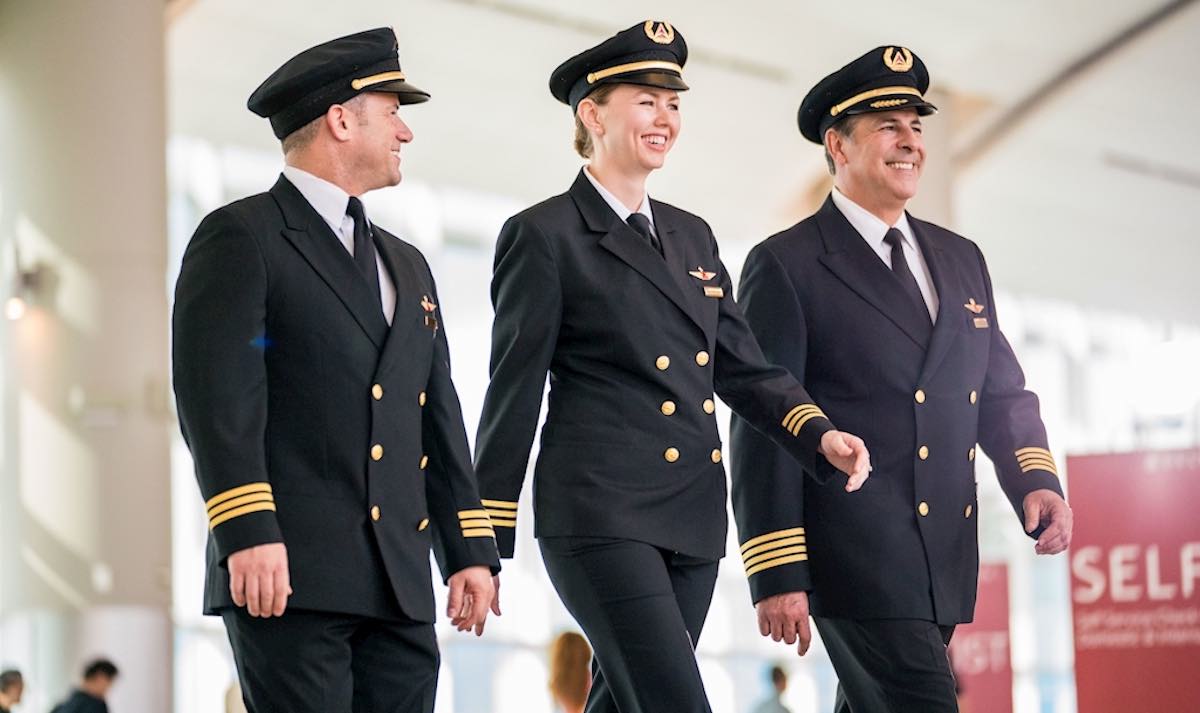U.S. Airlines Still Struggling To Fill Cockpits As Pilot Shortage Persists

The pilot shortage may no longer make headlines, but it’s still quietly grounding airline ambitions.
Airlines Have Planes But Not Enough Pilots To Fly Them
Despite the post-pandemic travel boom, U.S. airlines continue to grapple with a deep and growing shortage of commercial pilots. Industry analysts estimate that North American carriers will need roughly 120,000 new pilots over the next 20 years. Consulting firm Oliver Wyman predicts the gap will continue to widen through 2032, with a shortfall of more than 24,000 pilots in the United States alone.
Why This Shortage Isn’t Going Away
Several structural factors are fueling the gap. First, a large cohort of baby-boom era pilots are reaching the mandatory retirement age of 65, creating a wave of departures. Second, pilot training remains expensive and time-consuming — many prospective aviators face six-figure costs and must log thousands of hours before reaching airline eligibility. Third, as fleets grow and airlines expand, the demand for qualified crews keeps outpacing supply.
Schools like Epic Flight Academy report record enrollments, but the pipeline remains slow. Training capacity, simulator availability, and instructor shortages continue to limit throughput. Meanwhile, regional airlines struggle most acutely, often serving as the first rung on the professional ladder for new pilots, but also merely a stepping stone.
Pilot Shortage Has And Will Continue To Impact Air Service
For travelers, the shortage often means fewer flights, higher fares, and reduced service to smaller markets. For airlines, it means aggressive recruiting, signing bonuses, and creative staffing models. United, Delta, and American have each launched internal flight schools or partner academies to secure future supply, but even these initiatives can take years to yield results (and have problems of their own).
In 2025 the FAA warned that the pilot-shortage gap remains a long-term structural challenge. Regional carriers such as SkyWest and Envoy have already cited pilot availability as a limiting factor for route planning and aircraft utilization.
Thus, the pilot shortage is no longer a passing headline: it’s a long-term constraint on U.S. aviation growth. Airlines may have planes and passengers ready, but a qualified pipeline of pilots are also necessary for expansion. The idea that this problem corrected itself during the pandemic with many more young people seeking to become pilots is apparetnly not true, at least not to an extent in which the long-term shortage is solved.
CONCLUSION
We tend to think of air travel in terms of aircraft and routes, but behind every flight is a cadre of skilled professionals. The continuing pilot shortage reminds us that safety, schedules, and affordability all hinge on a limited pool of qualified people. Until training pipelines expand, pay scales stabilize, and career pathways improve, the sky may remain just a little more crowded…on the ground.
image: Delta Air Lines